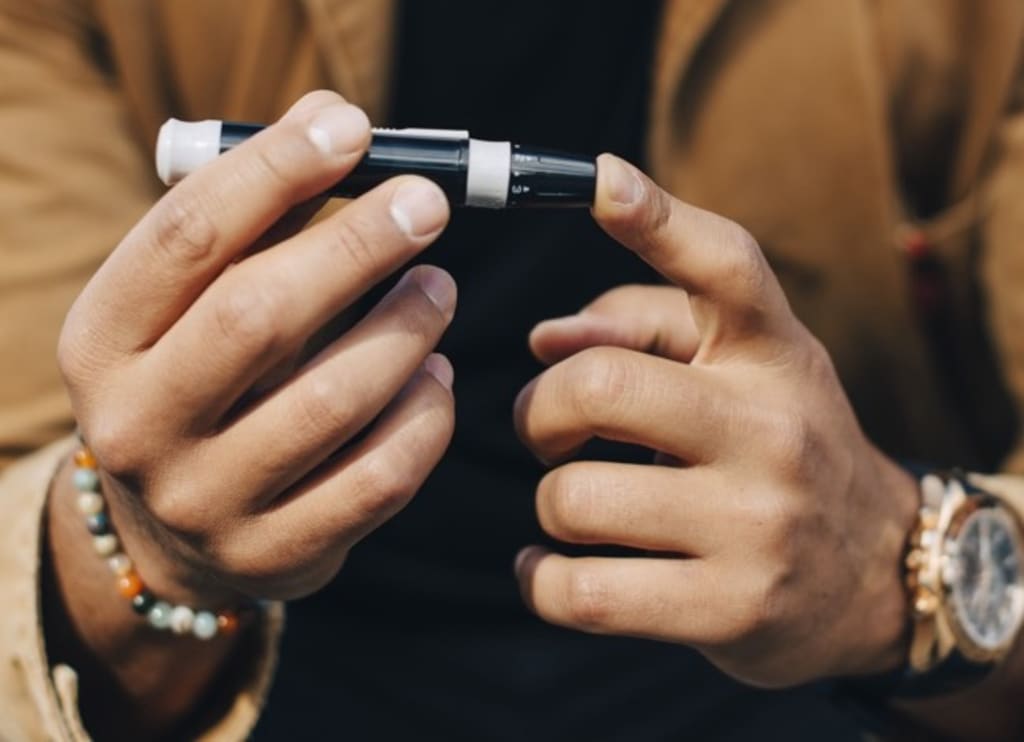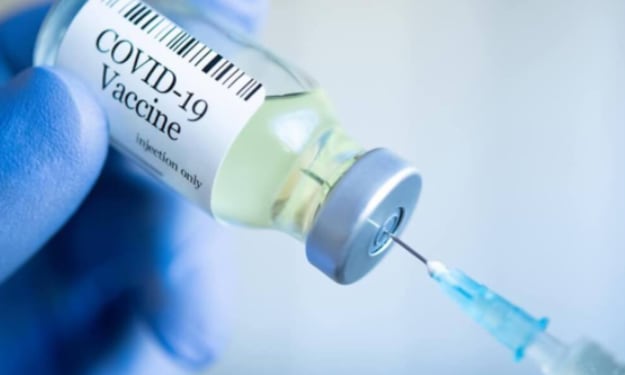After nearly 50 years of suffering from high blood sugar, a man has been cured of Type 1 diabetes.
Type 1 diabetes, also known as juvenile diabetes or insulin-dependent diabetes, is a chronic illness in which the pancreas produces little or no insulin, a hormone that allows sugar (glucose) to enter cells and create energy. Type 1 diabetes has no cure, and patients work with their doctors to control their blood sugar levels using insulin, diet, and lifestyle changes to avoid complications. That is why the recent promise of a cure has made everyone happy.

KEY POINTS TO NOTE
1. Anyone who has been diagnosed with diabetes knows how difficult it is to live a regular life.
2. Unfortunately, once a person has developed a high blood sugar condition, there is no certainty that it can be reversed.
3. However, thanks to a pioneering new therapeutic experiment, an Ohio man has regained his capacity to produce insulin.
According to Good Morning America, Ohio resident Brian Shelton has been living with Type 1 diabetes for nearly 50 years. Type 1 diabetes is a chronic disease in which the insulin-producing cells in the pancreas are destroyed, forcing a person to rely on insulin injections or an insulin pump to stay alive. According to the Novel York Times, Brian Shelton, 64, is a recipient of a new treatment that uses stem cells to make insulin, which has stunned doctors and provided hope to the 1.5 million Americans who suffer from diabetes. Brian received an injection of new cells derived from stem cells, which helped him regain his body's natural capacity to produce and manage insulin.
How Type 1 (Juvenile) Childhood Diabetes Affects People's Lives Before There's a Cure
Shelton's health had taken a turn for the worse prior to starting therapy, and he had developed hypoglycemia, a condition in which a patient's blood sugar level drops so low that he or she loses consciousness without warning. Shelton's blood sugar level fell after he shoveled snow one day, forcing him to collapse "face-first into the pavement," as he describes it.
"You spend your entire life, every minute of every day, trying to keep track of where your numbers are at," Shelton said of his diabetes fight on "Good Morning America." "I did everything I was told to do, and nothing worked."
In June, he became the first person to take part in a pioneering new scientific research that claimed to restore his body's missing cells. Sheldon claims the effectiveness of the new medication has given him back his health and peace of mind after nearly five decades of continually checking his blood sugar levels, providing insulin, and living in terror of blood sugar levels being too low, hypoglycemia, or too high, hyperglycemia.
When will the public have access to the diabetic cure?
Shelton's medication is not yet available to the general public, and it might take years of more testing before it is made available to the nearly 42 million people worldwide who have Type 1 diabetes. This figure comes from a WHO report that puts the global population of diabetics of all sorts at over 422 million — and a research that indicates Type 1 diabetes accounts for around 5–10% of all diabetes cases.
As the globe grapples with the continuing COVID-19 epidemic, comorbidities have made patients' prognoses even more bleak. Apart from hypertension, weakened or suppressed immunity, and so on, diabetes has emerged as a key source of worry. Diabetes also causes a build-up of sugar in your bloodstream because it impairs your body's ability to absorb sugar (glucose) into its cells and use it for energy. Poorly managed diabetes, according to Cleveland Clinic, can have catastrophic implications, causing damage to a variety of organs and tissues in your body, including your heart, kidneys, eyes, and nerves.
When a person is diagnosed with diabetes, what should they do?
If you have diabetes, the most crucial thing you can do is stay within your healthcare provider's suggested blood glucose goal range. These goals are, in general:
1. Between 80 and 130 mg/dL before a meal.
2. Less than 180 mg/dL two hours after the commencement of a meal.
Maintain your attention on properly controlling your disease so that no other organs are harmed. The Cleveland Clinic suggests sticking to a treatment plan that includes eating a customized diet, exercising 30 minutes five times a week, stopping smoking, limiting alcohol, and obtaining seven to nine hours of sleep every night. Always follow your doctor's instructions for taking your meds and insulin.
There is currently no recognized cure for type 2 diabetes, according to the University of Michigan Health. It can, however, be managed. It may also go into remission in certain situations. Some people who don't need diabetic medication discover that weight control, diabetes-healthy food, and exercise help them "reverse" their diabetes. Their bodies are still capable of producing and using insulin, and their blood sugar levels return to normal. Their diabetes is no longer active.
Meanwhile, scientists are working feverishly to discover a solution for this disease that has a cascading effect on other biological processes.
Disclaimer: The tips and ideas in this article are intended to provide basic information only and should not be taken as professional medical advice. Before beginning any exercise program or making any dietary changes, always check your doctor or a dietitian.
About the Creator
sajana sahan
New updates. Follow me.






Comments
There are no comments for this story
Be the first to respond and start the conversation.